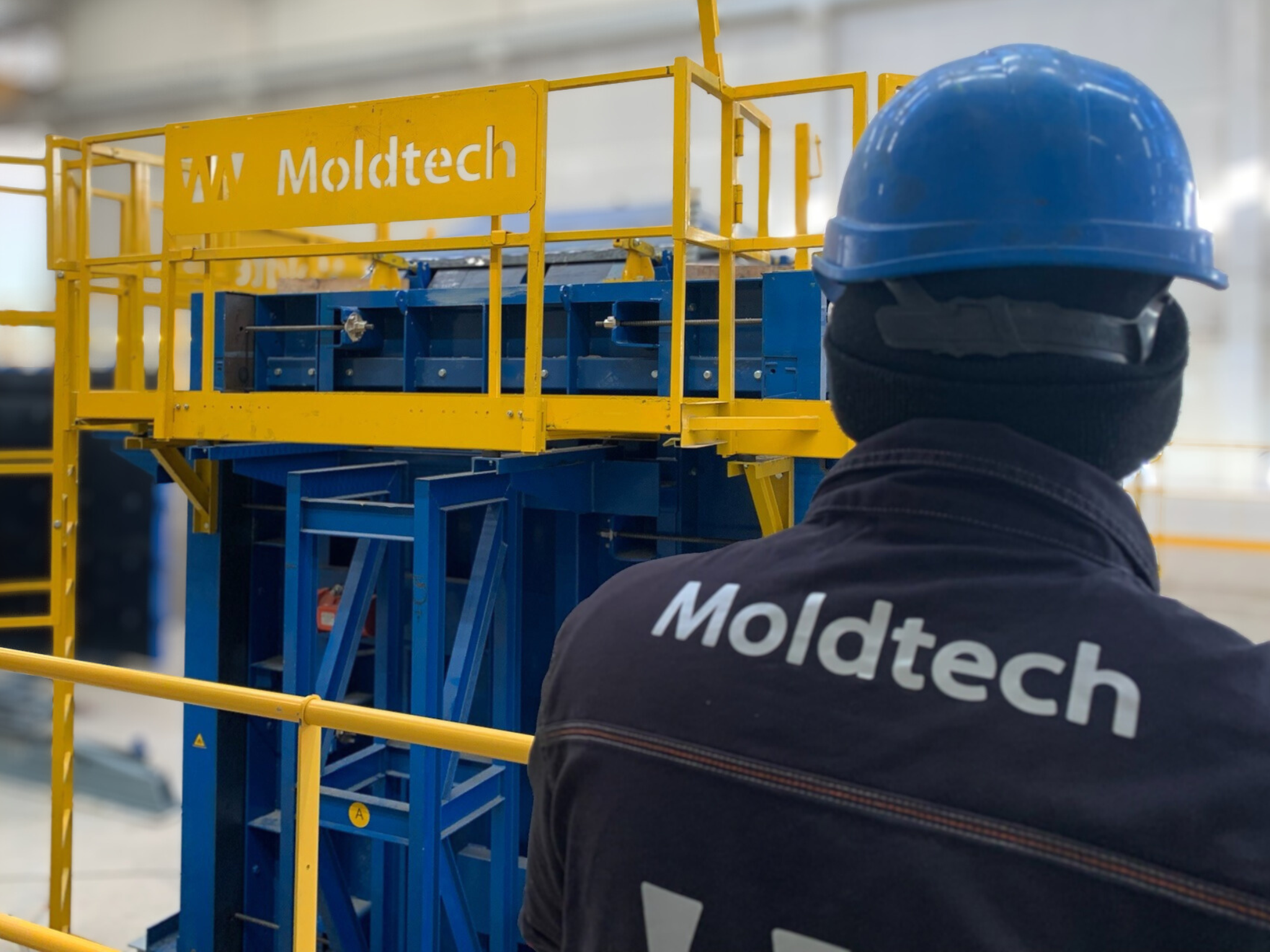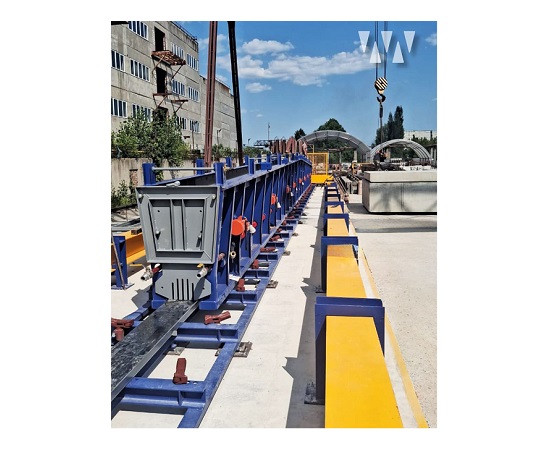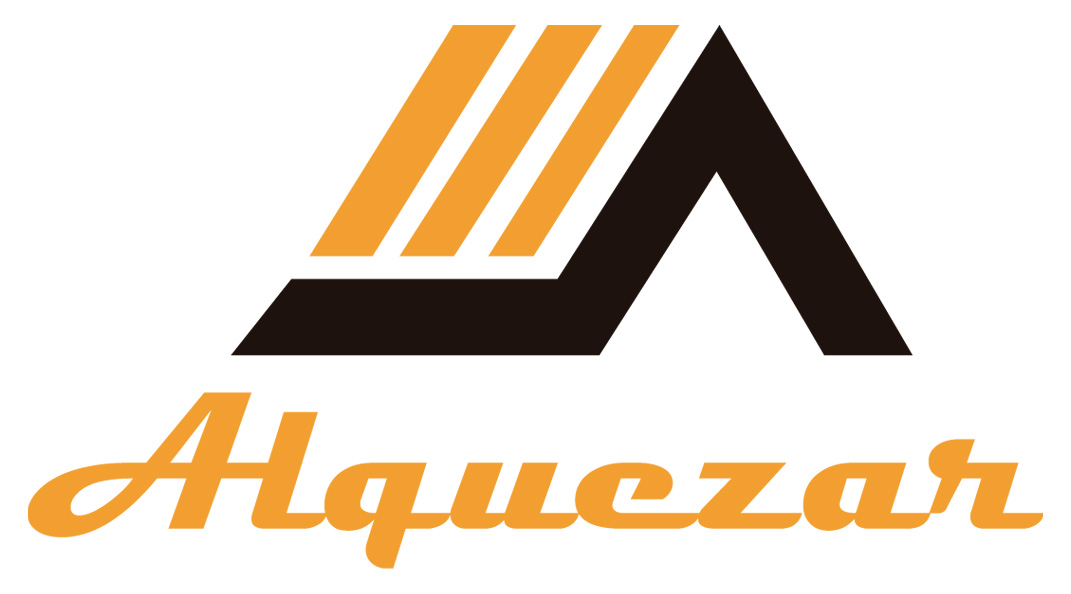IMPLASER. Best Practices in Public Spaces
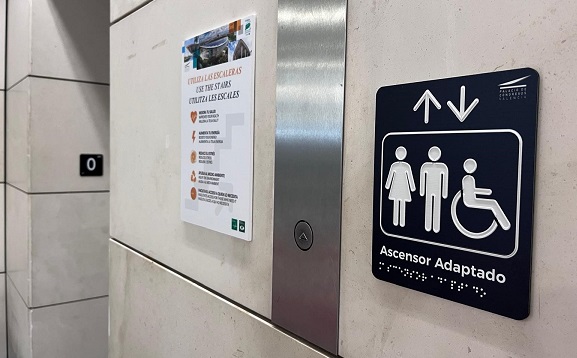
Inclusive Signage
Accessibility is a fundamental condition for public spaces, enabling people of all abilities to navigate and enjoy them safely and comfortably.
At the same time, accessibility remains a challenge. Although it is increasingly considered a core aspect of designing new buildings and infrastructures, efforts have traditionally focused mainly on physical disabilities (e.g., ramps, door widths, etc.).
Among the best practices for achieving full accessibility in buildings and facilities are: incorporating universal design from the outset of a project, ensuring safe access and circulation, accessible restrooms, the use of technology, inclusive common spaces, training for staff working in these spaces, and clear signage designed according to well-applied accessibility criteria.
IMPLASER has extensive experience in the design of inclusive signage. The information on signs must meet specific criteria to ensure that all individuals, regardless of physical, sensory, or cognitive abilities, can understand the instructions.
At the same time, it is crucial that the design aligns aesthetically with the visual identity of the organizations located in the buildings or the events taking place there.
Elements of Inclusive Design in Signage
Key elements to consider include text, imagery, and color.
Pictograms: These should be universal, standardized, simple in design, and positioned to reinforce the intended message.
Color Usage: Color facilitates understanding through contrast and symbolism. Contrasting combinations such as black on white, yellow on black, or white on blue ensure clarity.
Effective Design Requires Proper Placement
In addition to design, other factors contribute to the full accessibility of signage: language, integration with technology, and placement.
Once the signs are produced, aspects like placement height and lighting are considered to ensure visibility, even in low-light conditions.
IMPLASER: Committed to Safety and Creating Truly Inclusive Environments.
 Earthmoving, Compaction, Materials handling and Transport
Earthmoving, Compaction, Materials handling and Transport
 Machinery for Mining and Construction Special Works
Machinery for Mining and Construction Special Works
 Plants and Machinery for the Production of Construction Materials
Plants and Machinery for the Production of Construction Materials
 Light and Auxiliary Equipment
Light and Auxiliary Equipment
 Lifting Equipment for Persons and Loads
Lifting Equipment for Persons and Loads
 Auxiliary Equipment and Elements
Auxiliary Equipment and Elements
 Components, Spare Parts and Accessories
Components, Spare Parts and Accessories
